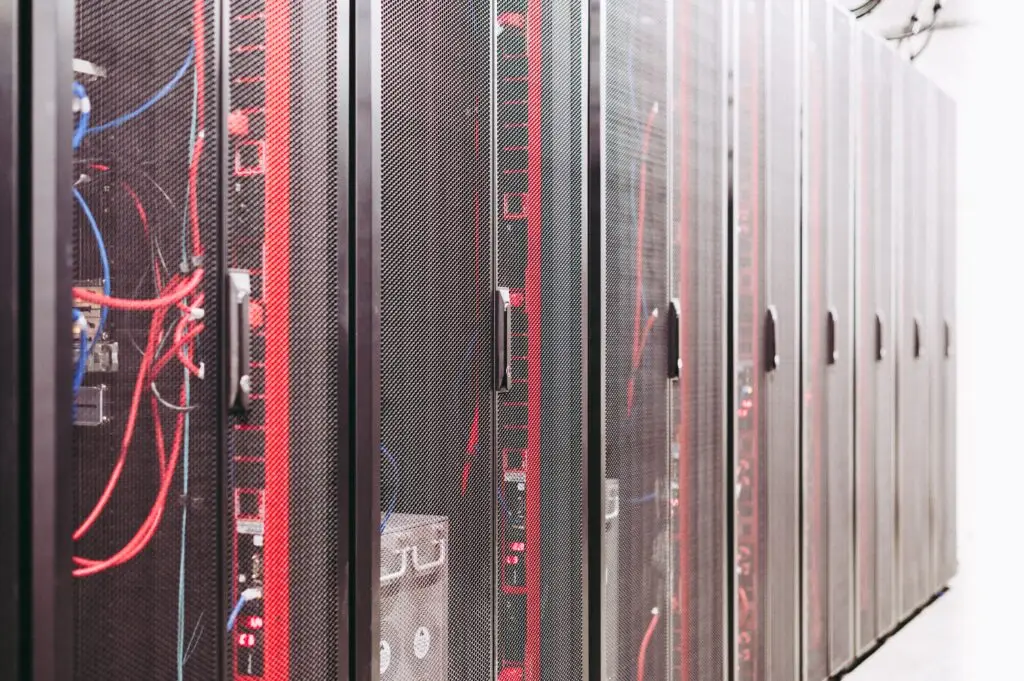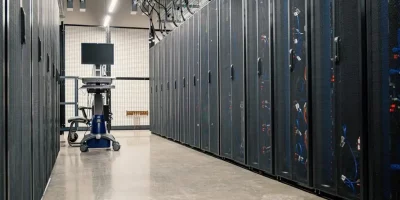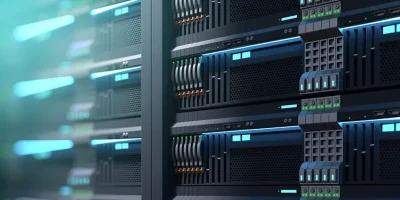Your PC needs a constant supply of electricity to stay online—but your main supply may be unreliable from time to time. If you live in a prone-to power outage location, you might be asking: can a power outage damage a PC, and what measures can you take to protect yourself from its consequences?
The electricity that flows through your house is not constant. Instead, electrical currents can ebb and flow, dipping above and below what’s optimal. As a result, there may be problems caused by either too much or insufficient power.
What Does Data Center Backup Mean?
Back up and archiving other data centers, applications, and infrastructure in a data center is known as data center backup. It’s a multi-step procedure involving manual and automated tools and methods to create a backup copy of the data center’s data and resources.
Data backup is increasingly crucial in a digital business environment for the preservation of an organization. You can be hacked, ransomed, and have your data management sold to strangers who will trade your secrets for a profit. Injected malware may corrupt your vital data. Employees or other insider attackers can erase your essential digital assets or by accident. Can you get back up after a data loss?
Automating your backup generator process can save you time and money, but it requires technical expertise. A data backup mixes strategies and solutions for practical and cost-effective backup. Your data is duplicated to one or more locations, at specific intervals and for varying times.
How Are Data Centers Powered?
Data centers need a lot of power to function correctly. Modern Data centers, like anything else that requires electricity, rely on power for nearly everything. There would be a data center if there were no power.
This takes place behind the scenes in most data centers, making it difficult for facility managers to ensure that crucial equipment has a constant flow of clean, uninterrupted power – all while avoiding running up monthly electric expenses.
How much energy does a data center use?
The internet’s “brains” are data centers like computer servers that store and process information. The purpose of storage and data processing is to turn the mountains of information we take for granted every day into something useful. They do this by managing, archiving, and communicating the data that fuels our daily information services, such as streaming video, email, social media, online collaboration, and scientific computing.
Managers must use a lot of electricity to keep the data center facility operating continuously and without delay. According to one source, the entire data management center sector consumes over 90 billion kilowatt-hours of power each year. This is equivalent to the output of roughly 34 coal-powered power plants.
How much power does a server rack consume?
Depending on the data center, a rack’s average power consumption is about 7 kilowatts. However, almost two-thirds of data centers in the United States have higher peak demands (around 15 or 16 kW per rack), suggesting operating at much lower power densities than previously thought. Some data center power supplies may produce 20 or more kW per rack.

Data Center Power Design and Features
Power is one of the essential elements in the operation of data centers. No data center may operate without electricity since it is impossible to support consumers’ systems without it. Businesses would collapse rapidly if they lost power. It should go without saying that management should be taken into account while developing and maintaining your systems. Of course, getting a handle on what you need to know about electricity design and network infrastructure—particularly if you’re looking at more sophisticated solutions—isn’t easy.
The three most essential pieces of a data center layout are power, cooling, and connectivity. The need for the critical load (the required amount of electricity for all computing equipment) is used as the starting value of N in the initial step of the process. To calculate N, add the power needs for each cabinet on a per-cabinet basis and total all cabinets in the initial build-out and future growth to obtain a power consumption or a total power need value. Costs for things like cooling systems, fixtures, and lighting must also be considered. There are various redundancy options to choose from, including N+1 and 2N. After this is determined, the power of data center design is generally static for years based on the addition or reduction of computing equipment in the data center space.
What is a backup power supply called?
An uninterrupted power supply or uninterruptible power source (UPS) is a device that maintains emergency power to a load in a mains blackout. A battery backup is a stationary or mobile device that can store electricity and supply it to the grid during power outages.
How long do backup power supplies last?
In this situation, the solutions come from UPS’s numerous components. To figure out how long your UPS systems will last, you must first understand the lifecycle of critical features such as batteries, capacitors, and other critical components. The average lifespan is 13 years or more before it needs to be replaced.
What is the data centre power supply?
The majority of data centers rely on the broader municipal electric grid for their primary power. After this, the facility will have one or more transformers to absorb the management and ensure that the incoming electricity is of adequate voltage and type (typically changed from AC to DC).
Some data centers get their energy efficiency from the broader grid or eliminate its need, owing to on-site electrical generation equipment – either stand-alone generators or alternative energy sources such as solar photovoltaic panels and wind-powered turbines.
Data Center Power Terminology
Alternating Current (AC) Power Circuits: Alternating Current is a term used to describe electricity that is supplied in the form of a sinusoidal wave. AC defined the industrial age due to the simplicity of voltage transformation using static devices (transformers).
- Direct Current (DC) Power Circuits -Alternating Current, on the other hand, is a time-varying approach to delivering electricity. A DC battery uses a direct current to power an electromagnetic coil that converts chemical energy into electrical energy.
- Ampere (Amp) – An electric current measurement unit. One ampere is the same as one volt passing through a resistance of 1 ohm.
- Kilowatt Hours (kWh) – one thousand watt-hours (see Wh). A kilowatt-hour (kWh) is a standard energy unit.
- Kilovolt Amps (kVA) -voltage x current (amperage) (see VA).
- Volt (V) -The potential difference, also known as a unit of electrical potential, is the difference in electric power between two points.
- Watt (W) -Watts (symbol: W) are a measurement of mechanical power in the United States, with units equal to watts being the product of potential (volts, see V) and current (amps, see A). If the voltage and current are alternating currents, the relationship between watts, volts, and amps is known as power factor (see PF),
- Kilowatt (kW) – a standard unit of electrical energy.
- Megawatts (MW) -a measure of power equal to one million watts. They are often used to describe the size of data centers in terms of power capacity.
- Single-Phase vs. Three-Phase Power –
Single-phase electric power is the distribution of electric energy through a system. Only one leg or phase from a three-phase source is fed to the load by connecting degrees and neutrals or clicking the load between two phases. At the same time, Three-phase power refers to an electric energy system with at least three conductors that transmit voltage waveforms that are 2ð/3 radians (120°, 1/3 of a cycle) delayed in time. Three-phase electrical energy is generated and sent to load centers, where it may be consumed at the Three Phase or Single Phase.






